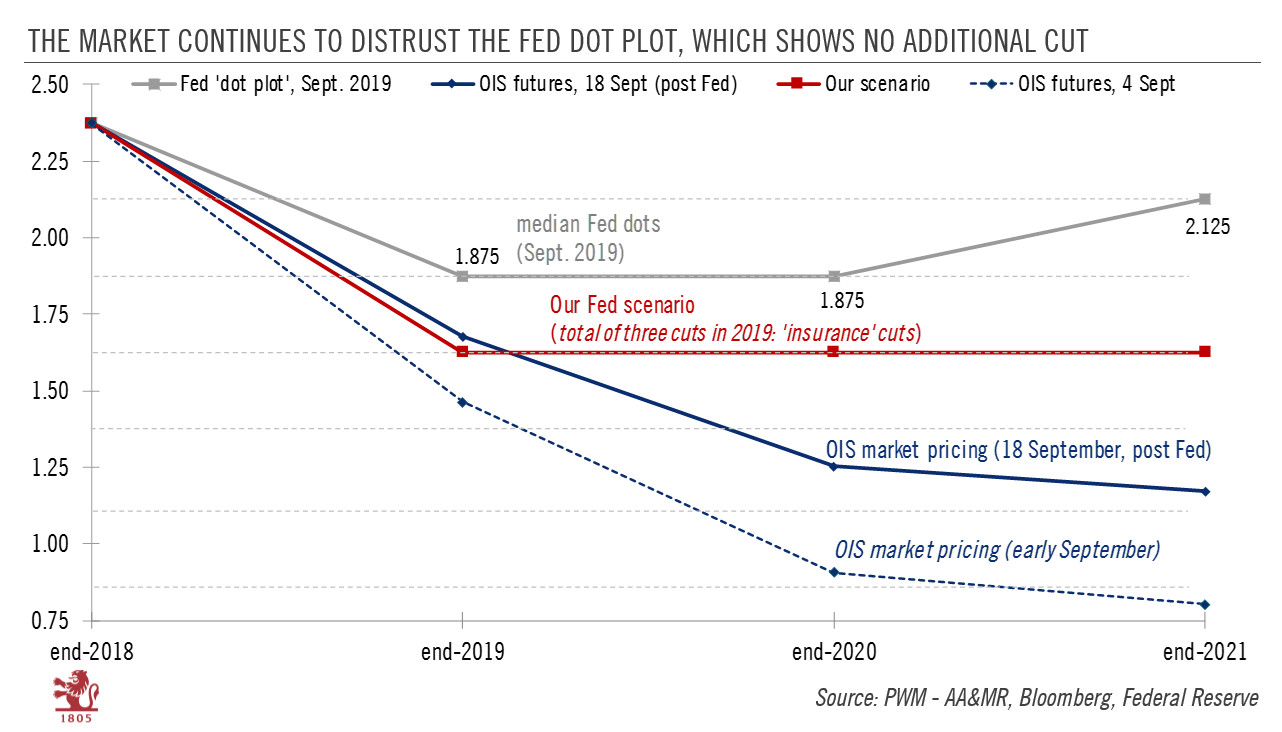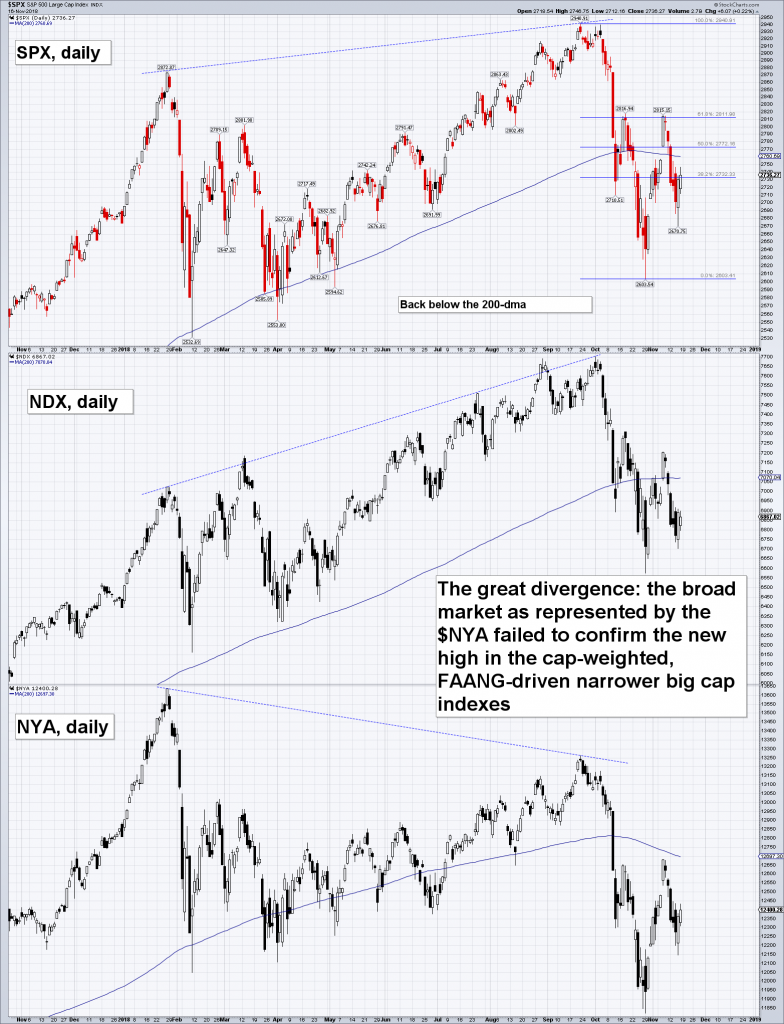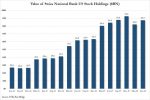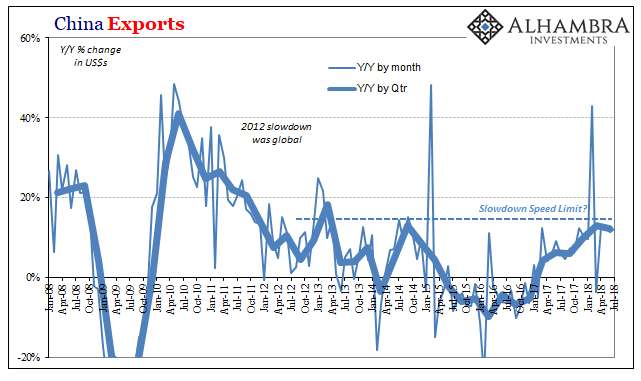Modern Economics – It’s All About Central Planning
We are hereby delivering a somewhat belated comment on the meeting of monetary central planners and their courtier economists at Jackson Hole. Luckily timing is not really an issue in this context.
 Central bank headquarters: the Fed’s Eccles building, the ECB’s hideously expensive new tower in Frankfurt, and the BOJ’s Tokyo HQ (judging from the people in the foreground, it may be a source of noxious fumes).
Central bank headquarters: the Fed’s Eccles building, the ECB’s hideously expensive new tower in Frankfurt, and the BOJ’s Tokyo HQ (judging from the people in the foreground, it may be a source of noxious fumes).
When discussing papers and speeches delivered at the annual Jackson Hole meeting, it is important to consider the wider socio-economic context. As this article suggests (still the most recent reference available on the topic), the Federal Reserve has essentially bought off the economics profession.
A great many US economists list “monetary policy” in some shape or form as a specialty, or more generally, “macroeconomic policy formation and aspects of public finance”. More than half of the editors of the top seven academic economic journals are on the Fed’s payroll and serve as gatekeepers. The Fed employs hundreds of economists directly, and provides 100ds of millions of dollars in grants to outside economists.
We are quite certain that the situation in other countries is very similar. It is easy to see why practically no fundamental criticism of the monetary system is forthcoming from the economics profession. The basic assumption that money and credit should be centrally planned is rarely challenged (or almost never). Economists naturally won’t bite the hand that feeds them.
Instead, debate as a rule revolves around various “plans”. Their authors are mainly suggesting what they think are improvements on existing plans. Obviously, not all of these plans can be correct; but how can one possibly know which ones might be? What if conditions change, as they in fact do continually in the real economy? If anything, this goes to show that central planning is indeed little more than “groping in the dark”, as Mises has put it.
One might be tempted to dismiss all these proposals as mere curiosities with little or no real world impact. Unfortunately, a number of ideas that were once considered academic curiosities cooked up by ivory tower types with too much time on their hands have ultimately been implemented by policymakers.
Various trial balloons and both ex-ante and ex-post justifications for ever more outlandish policy activism are regularly launched in the media and at meetings like the one in Jackson Hole. Trial balloons in the press partly serve to test the public’s reaction and partly aim to soften the population up for future policies (the more often something is repeated in the media, the more “normal” it begins to sound).
Academic justifications of past and possible future policy measures meanwhile not only pave the way for ever more extreme activism, they also serve to exonerate officials in power from responsibility for the failure of their policies and the misery they cause.
Lastly, one has to keep in mind that the modern age of regulatory democratic statism, of rule by technocrats as they are referred to nowadays, has fundamentally altered the social and material standing of many economists.
Imagine living in an unhampered market economy with a minimal government, that is only in charge of internal and external security and a judiciary; or in a system without government, i.e., a free market anarchy in which even judicial, police and defense services are provided by the market.
Economists would play a very different role in such a society. Without social engineering and central planning there would no longer be a possibility for them to either exercise power or at least advise and influence those in power. It would be forever out of their grasp.
Moreover, they would have to rely on the private sector for funding – which would no doubt be available to good teachers and outstanding intellects. Nevertheless, it would be a more tenuous existence and only the very best in the field could hope to attain the kind of material security many enjoy under a statist system.
In short, there are very strong incentives for economists to advocate in favor of various types of central planning, including the monetary kind. Incentives to defend the market economy are rather sparse by comparison. With that out of the way, here are a few of the things discussed at the meeting.
Keeping the Balance Sheet Bloated
We haven’t looked at everything that was talked about at the Jackson Hole meeting, but we have picked out a few examples we have come across in press reports that strike us as worth commenting on.
Among others, a paper discussing the Fed’s bloated balance sheet was presented. There was a time when the Fed frequently insisted that it would eventually shrink its balance sheet back to its pre-crisis size. We have always said that we thought this would never happen – and now there is a paper “paving the way” for making its temporary backtracking permanent. Reuters reports:
The U.S. Federal Reserve should scrap a plan to shrink its massive bond holdings and instead keep them “indefinitely” as a new and little-recognized tool to protect against financial shocks, according to research presented on Saturday to some of the world’s top central bankers. Former Fed Governor Jeremy Stein and two colleagues at Harvard University concluded in a research paper that hanging on to the unprecedented stable of $4.5 trillion in bonds would allow the U.S. central bank to play a permanent role as provider of short-term Treasuries for investors hungry for safe assets. That would in effect “crowd out” the network of private contracts that currently supply short-term funding to markets, which is seen as a stable system in normal times but a source of instability during crises.
St. Louis Adjusted Monetary BaseIn a way this is quite funny, since the central bank’s policies are the root cause of the crises during which it is now supposed to provide “stability” by crowding out the private sector (!). As noted above, we never doubted that the plan to shrink the balance sheet would be scrapped one day. We just have to wait for the official announcement now (although we expect the pretense to be kept up for a while yet). The chart below shows the monetary base, which we use as a proxy for the Fed’s balance sheet (mainly because this allows us to provide a very long term view). The times when the Fed’s balance sheet was deliberately reduced are few and far between. Endless expansion is the norm. Adopting this proposal would also mean that the debt monetization under the Fed’s QE programs would ex-post become true “helicopter money”, as the monetization of this debt would then become officially and explicitly permanent. Perhaps no such announcement will ever be made, but the balance sheet will remain bloated anyway (as e.g. happened after the massive expansion during WW2). |
|
Boosting Credit ExpansionAnother paper pondered the possibility of lowering the interest rate the Fed pays on reserves, as an incentive for banks to boost credit expansion. According to Reuters:
The very premise that economic growth is dependent on “inflation” (= rising consumer prices in this case) is already misguided. It is inter alia based on the more general fallacy that spending and consumption are what drives growth. Interestingly, all these positivists seem to have completely forgotten the 1970s. More likely empirical evidence that doesn’t fit the currently popular narrative is simply ignored. This is also suggested by the Fed’s re-adoption of the Phillips curve, which was recently mildly criticized in the WSJ as a “theory without proof”. Suffice it to say that the Keynesian adaptation of the original Phillips curve “works” about as well as a coin flip. |
|
Loans and Leases in Bank CreditThe idea to spur bank lending in the US by means of lowering interest paid on reserves (IOR) is not exactly a new idea. There is a technical problem though: once reserves have been increased to such an extent that the federal funds market is no longer relevant, IOR is the only way for the Fed to raise its FF target rate and keep (more or less) control of it without shrinking its balance sheet (see above – selling assets is not on the agenda). It is true that that IOR represents a subsidy to banks, in fact quite a substantial one, but that cannot be helped if the central bank wants to proceed as suggested. It is also not obvious that such a step would achieve anything, even from the perspective of those who think credit expansion ex nihilo is desirable. The ECB and the BoJ have not only lowered their deposit facility rates to zero, they have driven them into negative territory. These measures have failed to boost lending, while imposing sizable costs on both commercial banks and savers. Meanwhile, it is not clear why US credit growth should be boosted at all – it is already at dangerously high levels: |
Growth in bank lending is no longer accelerating, but has fluctuated in a fairly high range of 7.7% to 8.1% for quite some time. Loan growth at the peak of credit booms was previously higher, but these peak levels were usually very short-lived (the persistence of 10%+ growth rates during the 2003-2007 housing bubble was an exception). |
Commercial and Industrial LoansAs far as we can tell, the only reason why the current credit boom has not (yet) attained peak loan growth rates similar to the past has absolutely little to do with monetary policy, which is undoubtedly more than loose enough. Rather, it is due to the fact that private banks can no longer compete with the taxpayer-subsidized state-run mortgage factories (i.e., Fannie, Freddie and the FHA). Since bonds issued by the agencies are guaranteed by the US treasury, they have no problem finding buyers for them. The substantial risks this involves are nowadays borne by taxpayers instead of banks. One of the main buyers was incidentally the Fed in the course of its QE programs – and it keeps replacing bonds that are maturing. As a result of this, mortgage loan growth at banks remains quite subdued. The fact that total bank credit is rising at such heady annualized rates despite this fact is actually cause for concern. To replace the no longer profitable origination of mortgage loans, banks have opted for massive lending to corporations, i.e., credit risk has simply migrated to a different sector. Below is a long term chart of total loans and leases in dollars and cents: |
|
Indexed Price Performance: 1-YearIt can be inferred that a lot of capital has been malinvested in the course of this lending spree. This is rather obvious in the energy sector and other commodity-producing sectors, which continue to suffer large debt defaults. Meanwhile, many companies have decided to engage in financial engineering, but the strategy no longer seems to be working as intended. The sum of share buybacks and dividend payments by S&P 500 companies has recently reached a new record high in dollar terms. It also exceeds their operating profits since Q1 2015. As of Q1 2016, 146 S&P 500 companies have spent more than their net earnings on buybacks alone over the past year, and at 135 of them buybacks have exceeded free cash flows as well. Ironically, the S&P “buyback index” has significantly underperformed the overall index over the past year (in mid June the year-on-year performance gap amounted to a quite large 8.6%). The stocks of several of the biggest buyers of their own shares have been among the worst performers in the big cap arena. Investors may finally be getting worried about deteriorating balance sheets rather than being pleased about shrinking share counts. As we have pointed out in our most recent discussion of US economic data, the ratio of spending on capital vs. consumer goods production likewise suggests that capital malinvestment is a festering problem. In short, the idea that the central bank should goose bank lending further just because “inflation is low” appears to be particularly ill-advised at this juncture. Click here for Part 2, which discusses proposals on deficit spending, negative rates and the revived “war on cash”. |
Addendum: Funding Drive
We want to extend special thanks to readers who have chipped in to support our current mid-year funding drive. Not surprisingly, we are not among the economists in line for grants from central banks. This has the considerable advantage that we can say what we want about them, which hopefully is both more entertaining and more informative than what one gets to read elsewhere. It also makes it more of a challenge to keep the site going and unfortunately we have so far failed to reach our funding goal (i.e., currently it’s a faltering funding drive). Any additional help in this respect will be greatly appreciated.
Charts by: St. Louis Federal Reserve Research, factset
Full story here Are you the author? Previous post See more for Next post
Tags: central banks,Helicopter Money,newslettersent,US Federal Reserve











































